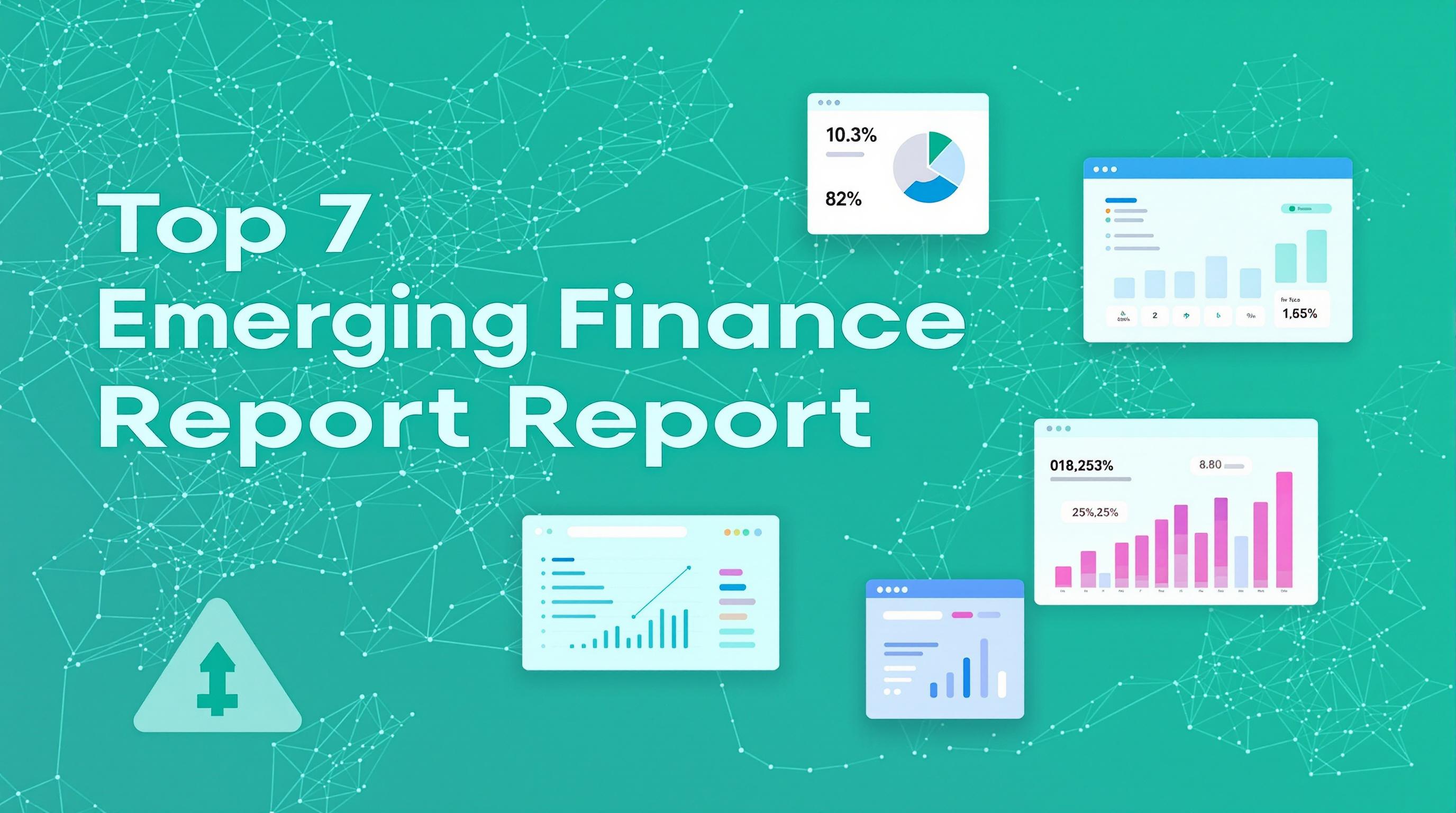Featured Articles
- "Behind the Numbers: How Quantum Computing Could Disrupt Traditional Finance Reporting"
- Beyond the Balance Sheet: The Dark Art of Creative Accounting in Corporate Finance Reports
- Cryptocurrency’s Silent Revolution: How Digital Assets Are Reshaping Traditional Finance Reporting
- Decoding the Dark Side: How Emotional Mismanagement Distorts Corporate Finance Reports
- "Finance Reports in the Age of AI: Uncovering Unintentional Biases and Surprising Impacts on Investment Strategies"
The Hidden Role of Environmental Disclosures in Shaping Long-Term Financial Narratives
The Hidden Role of Environmental Disclosures in Shaping Long-Term Financial Narratives
Environmental disclosures are no longer just a regulatory checklist but a pivotal force in crafting long-term financial stories for businesses. This article explores how these disclosures influence investor behavior, corporate strategy, and ultimately reshape the financial landscape.
Let's dive into the world where environmental reports talk as loudly as profit statements. As a 45-year-old analyst who's seen the evolution of corporate accountability over two decades, I find that environmental disclosures serve as a bridge between sustainable practices and financial performance.
The Growing Influence of Environmental Disclosures
Historically, financial narratives highlighted quarterly earnings and asset valuations; now, there's a slow but steady infusion of environmental data that shapes investor confidence. In 2023, a study by Morgan Stanley revealed that 85% of institutional investors considered ESG (Environmental, Social, Governance) disclosures a critical factor in decision-making.
Did you know that firms with transparent environmental reporting outperform their peers by 5-7% in stock returns annually? This statistic alone underscores how investors increasingly interpret these disclosures as proxies for risk management and future profitability.
A Walk Through Time: Environmental Disclosures Impacting Strategy
Back in 2010, few companies disclosed carbon footprint data. Fast forward to 2024, and it's almost compulsory. Take Unilever, for example, which integrated its environmental reporting into core business strategies, leading to reduced operational costs and enhanced brand loyalty. Their 2022 sustainability report cited a 40% reduction in greenhouse emissions compared to their 2010 baseline, fostering investor trust and attracting green investment funds.
Storytime: From Skepticism to Strategic Advantage
Imagine a mid-sized manufacturing firm in the Midwest around 2015, reluctant to disclose emissions fearing regulatory backlash. By 2023, the same firm became a market darling after unveiling a comprehensive environmental disclosure that highlighted their renewable energy transition. Their stock price climbed 15% in six months post-disclosure, proving transparency can punch well above its weight.
How Environmental Disclosures Affect Long-Term Financial Narratives
These disclosures serve as lenses revealing a company’s future readiness. Investors decode complex environmental data to predict regulatory risks, operational resiliency, and brand sustainability. For startups and long-established firms alike, an eco-conscious narrative can mean the difference between lean years and robust growth cycles.
A 2022 Deloitte report stressed that companies embracing environmental transparency attracted 20% more strategic partnerships within three years, enhancing their innovation capabilities and market reach.
The Role of Regulatory Bodies and Global Standards
The forced march toward global sustainability frameworks, like the Task Force on Climate-related Financial Disclosures (TCFD), has standardized the way companies tell their environmental stories. This ensures that the “what” and “how” of disclosures are as clear to a small investor as to a multinational fund.
A regulatory clampdown in Europe during 2021 saw over 70% of large corporations revising their sustainability disclosures, leading to a 30% increase in investor engagement according to the European Securities and Markets Authority (ESMA).
Why Investors Care (and Why You Should Too)
Investors are no longer passive recipients of traditional financial results. They scrutinize environmental disclosures because these reveal a company’s operational risks, like susceptibility to climate events or shifts in consumer preferences. Research by Harvard Business School linked transparent environmental reporting to a 12% reduction in cost of capital.
Conversational Aside: How I Persuaded a Friend to Look Beyond the Numbers
My friend Sarah, a 27-year-old recent MBA grad, once believed quarterly earnings were all that mattered until we discussed the environmental side of things. When I showed her how Tesla’s aggressive sustainability disclosures fueled investor optimism despite profit swings, she quickly appreciated how these narratives shape market perceptions.
She even started favoring companies with robust environmental reports in her personal investment portfolio, reaping steady returns over two years.
Humorous Interlude: Corporate Environmental Disclosures Meet Reality
Picture a CEO nervously fumbling through a sustainability report presentation, accidentally showing a photo of a landfill instead of recycled materials. Whoops! Yet, more companies are learning that honest disclosures, even with blemishes, outperform those who greenwash or hide the truth. Transparency, after all, builds credibility—no landfill slides required.
Case Study: Patagonia’s Environmental Storytelling
Patagonia, the outdoor apparel giant, pioneered integrating environmental disclosures into their brand DNA. By candidly discussing supply chain impacts and progress toward circular economy goals, Patagonia not only earned customer trust but also attracted niche investors focused on sustainability.
This strategic blend of financial health and environmental responsibility positioned Patagonia uniquely in a crowded marketplace where consumers and investors rewarded authenticity.
The Challenges in Environmental Reporting
Despite the benefits, companies grapple with data accuracy, potential legal liabilities, and the costs of comprehensive environmental audits. Smaller firms, in particular, find it challenging to meet the evolving standards, risking exclusion from green investment pools.
Moreover, the lack of universal reporting metrics sometimes leads to “data overload” for investors, making it harder to distill essential conclusions from lengthy disclosures.
Future Outlook: Environmental Disclosures as a Financial Compass
Looking ahead, as climate change impacts deepen and regulatory frameworks tighten, environmental disclosures will increasingly function as a financial compass guiding investment flows and corporate strategies. They will no longer be an optional add-on but a central component of financial storytelling.
The narrative is changing. It's no longer just about profits—it's about sustainability, resilience, and legacy.




